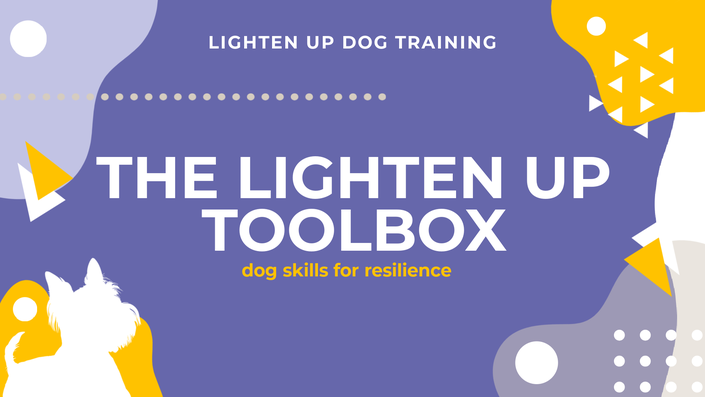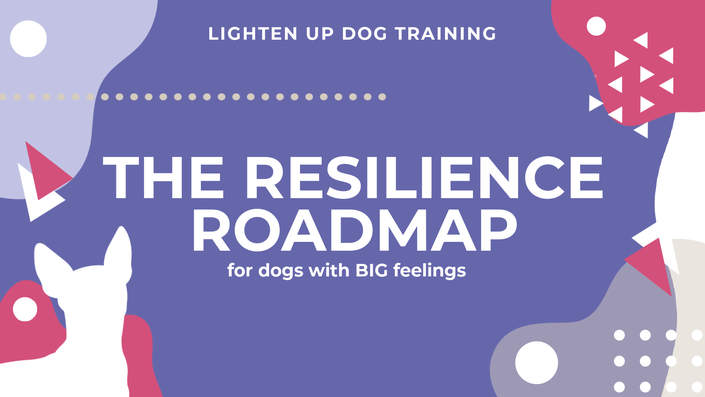
THE IMPORTANCE OF SAFETY
While medications and behaviour modification can be successful with many anxious or fearful dogs, a small population of outliers are left without much success at all.
Reports about the effectiveness of medications show that around half to two-thirds of dogs will see some success. The results are similar for training programmes.
Even when we do everything we can do for our dogs, around one in five will make little to no progress whatsoever.
Traditionally, the outcomes for these dogs is very poor. Their welfare is in question. Their quality of life can be minimal.
We know that safety is vital in making the difference. Yet so often, safety is seen as a nebulous and ill-defined process. Only the dog can choose when they feel safe, we are told. But is this true?
WHEN SAFETY HELPS
In the last six years alone, several seminal research papers have been published by leading academics. Understanding fear is a fast-paced field and many advances have been made that have revolutionised therapeutic practice.
These have been slow to make it into the dog training world, meaning that trainers and behaviour consultants can quite often be left 50 or 60 years out of date, not truly understanding how to get the most out of gold standard approaches.
In this course, we cover the most up-to-date and cutting edge approaches for fears, anxiety, phobias and panic. Instead of having to accept that learning how to feel safe is a process beyond our grasp, we can truly understand how to work with approaches that will make all the difference for many dogs who struggle to cope.
In this course, you will learn how to create safety signals that the dog will understand so that they can live less fearful lives.

WHAT YOU WILL GET
- 1x 5h course to watch at your leisure
- 4 lectures covering fear and safety learning
- Practical examples
- Case studies
- A free Lighten Up ebook with key terminology and practical examples of how to teach safety cues or use ones already in the dog's repertoire
- A full reading list with all the research
- A downloadable copy of the slides so you can make notes as you go
- Lifetime access to the materials
WHAT'S IN THE COURSE

ABOUT SAFETY CUES
Since the early 2000s, therapies in human populations for fearful and phobic responses have advanced significantly, particularly in the area of conditioned safety signals (sometimes known as conditioned safety cues) which inhibit fear responses. Reducing fear by eliciting a learned feeling of safety in certain conditions has proved to be highly successful.
Many dogs will experience a physically or psychologically traumatic event in their life that causes them to feel afraid. Sometimes, that fear is debilitating. It significantly affects the dog’s day-to-day life. Anti-anxiety medications may not always be truly successful in reducing fearfulness either, particularly in specific situations. Heightened sensitivity to fear-eliciting stimuli can be a huge welfare issue which is particularly distressing to the dog.
Conditioned safety signals are used more and more in dog training. We see them at work in departure cues, for example, used widely in separation-related behaviour cases. These use a phenomenon called conditioned inhibition - an opponent process to the normal Pavlovian responses with which dog trainers are often familiar. As we move forward in behaviour modification, particularly for negative emotional states, understanding the history, physiological and neurobiological factors behind safety signal learning will be crucial for those of us working with fearful animals.




